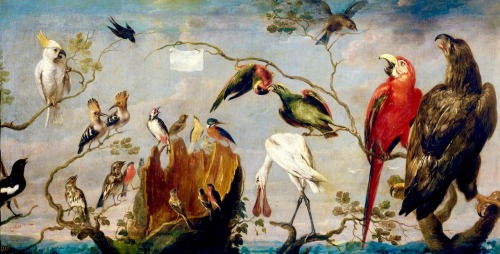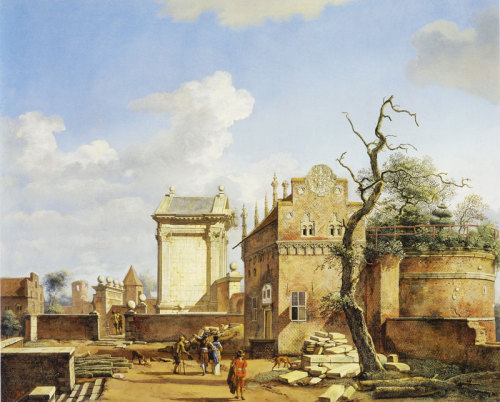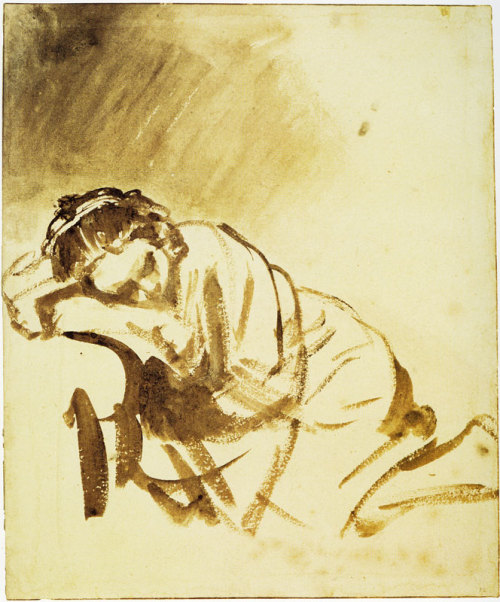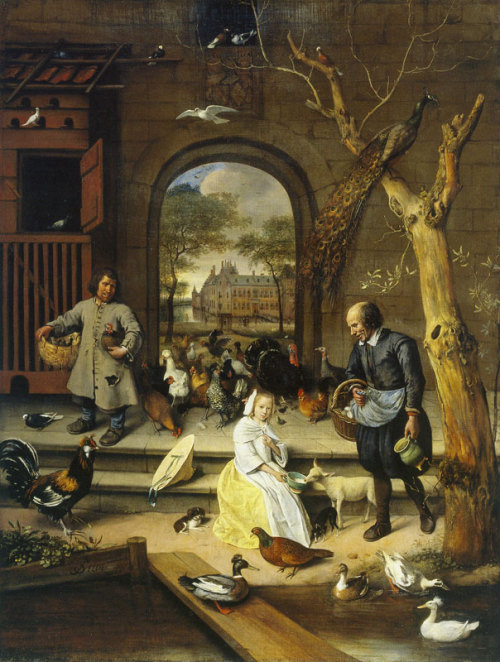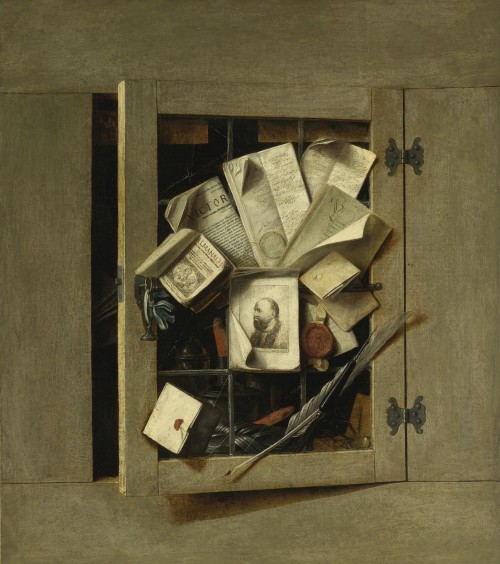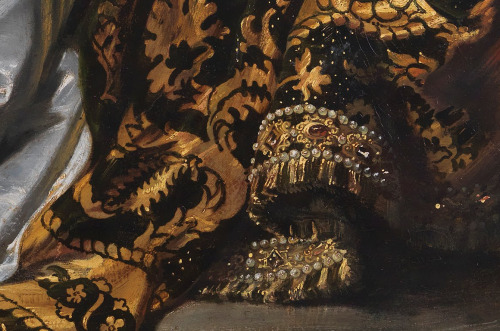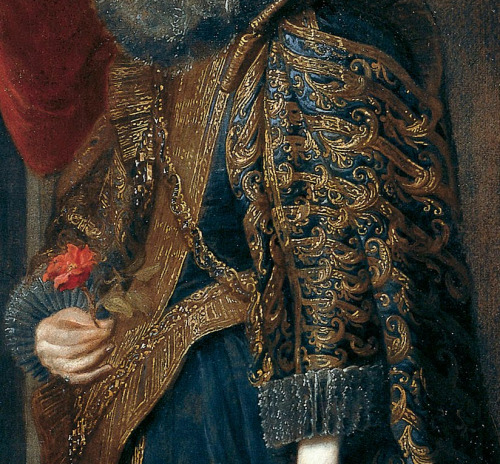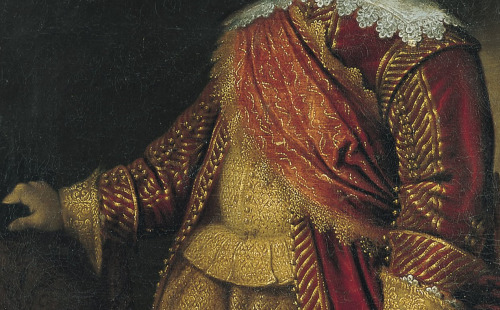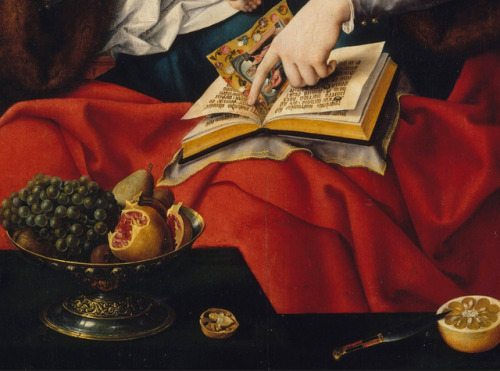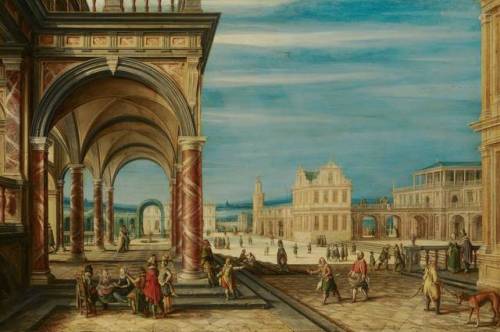#flemish art
Egbert van Heemskerck - An Alchemist in His Study
17thcentury
oil on canvas
Chemical Heritage Foundation, Philadelphia
Post link
Pieter Bruegel the Elder - The Magpie on the Gallows (1568)
“Bruegel’s painting was created the year after Fernando Álvarez de Toledo, 3rd Duke of Alba, arrived in the Netherlands, sent by the Spanish king, Philip II to suppress the Dutch Revolt. The gallows may represent the threat of execution of those preaching the new Protestant doctrine, and the painting may allude to several Netherlandish proverbs. There is a direct allusion to the Netherlandish proverbs of dancing or shitting on the gallows, meaning a mocking of the state. It also alludes to the belief that magpies are gossips, and that gossip leads to hangings. And that the way to the gallows leads through pleasant meadows. It is not known why or for whom the picture was painted. Its date of 1568 makes this painting one of Bruegel’s last works before his death in 1569; indeed, perhaps his final work. Bruegel asked his wife to burn some of his pictures on his death, but told her to keep the Magpie on the Gallows for herself.”
Source
Post link
Jan van der Heyden - An Architectural Fantasy with a Triumphal Arch
17th century
oil on panel
The National Gallery, London
Post link
Hubert van Ravesteyn - Walnuts, a Tobacco Packet, and a White Jug on a Table
1671
oil on canvas
Art Gallery of Ontario, Toronto
Post link
Rembrandt - A Young Woman Sleeping
c. 1654
Brush and brown wash, some white mixed into some parts of the wash
British museum, London
Post link
Cornelis Norbertus Gijsbrechts (active 1659-after 1683) - Trompe L'oeil of an open cupboard, oil on canvas, 85.1 x 74.9 cm.
Cornelis Norbertus Gijsbrechts or Gysbrechts (ca 1630 - c. 1675) was a Flemish painter working in Belgium, Germany, Denmark and Sweden in the second half of the seventeenth century. He specialised in trompe-l'œil; an artistic genre aiming to trick contemporary viewers into believing that the painted, two-dimensional illusions were real three-dimensional objects.
It is not known with certainty where and when Gijsbrechts was born, and his activities in the last years of his life are also undocumented, just as his name is not mentioned in the contemporary art historical literature. His oldest known painting is dated 1657. He was probably in Germany in the early 1660s, among other places in Regensburg, where he might have been in Emperor Leopold I’s service, but this is not known for a fact. Around 1664/1665, it is presumed that Gijsbrechts went to Hamburg where he stayed for a few years.
Gijsbrechts came to Denmark at the latest in 1668, and here he was hired as court artist by the autocratic Danish king Frederik III from 1668–70, and hereafter by Christian V from 1670-72. He had his studio in The Royal Garden by Rosenborg Castle and from 1670 he called himself Court painter.
In the period 1670–72 he received payment for several paintings, i.a. paintings for Rosenborg Castle. After having left Copenhagen, he is believed to have been in Stockholm, where in 1673 he painted a large letter rack commissioned by the bourgeoisie of the town. In 1675, he was once again in Germany and this is also the year in which his last known work was made. Hereafter, very little is known of his activities.
During his four years in Copenhagen, Gijsbrechts painted about 22 trompe l’oeil paintings out of which 10 are found in the collection of The National Gallery of Denmark (Statens Museum for Kunst – SMK). Only about 70 works can with certainty be attributed to Gijsbrechts, and is it therefore quite remarkable that 22 of these are found in Copenhagen today. Besides the 19 works at SMK, two works are found at Rosenborg Castle, and one at The Museum of National History at Frederiksborg Castle. The collection in Copenhagen is viewed as the largest and most important Gijsbrechts collection in the world.
Post link
Still Life with Dainties, Rosemary, Wine, Jewels, and a Burning Candle(akaAllegory of Marriage), Clara Peeters, 1607
Post link
The Interior of an elegant townhouse, with a lady and gentleman beside a fire, a servant stacking logs and a maid beside a table by Cornelis de Man (Dutch, 1621–1706)
Post link
Detail of the artist’s signature from Still Life with a Tart and Roast Chicken,Clara Peeters, ca. 1610-15.
Post link
Hendrik van Steenwijck II - A Square with Imaginary Buildings
1614
oil on copper
Mauritshuis, The Hague
Post link
EYCK, Jan van
Small Triptych (central panel)
c. 1437
Oil on oak, 27,5 x 21,5 cm
Gemäldegalerie, Dresden
Post link

Study of a Sleeping Cat Artist: Attributed to Jan Miel (Flemish, Beveren 1599–1664 Turin) Date: mid-17th century Medium: Black chalk Dimensions: Sheet: 3 ¼ × 3 ¾ in. (8.3 × 9.6 cm) Classification: Drawings Credit Line: Gift of Paul Jeromack, in honor of Robert Tuggle, 2013 Accession Number: 2013.997.1




